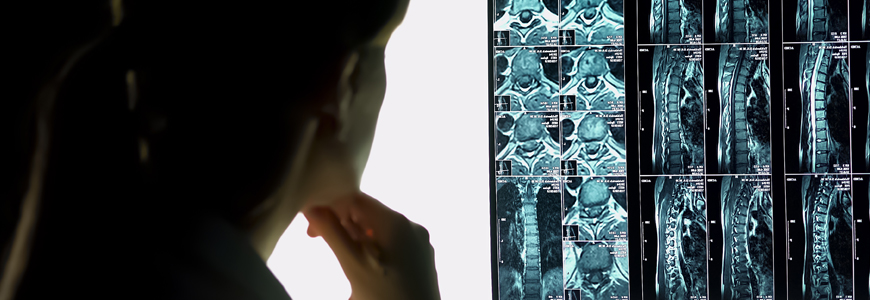A comprehensive, 15-month assessment of the patient experience in the Duke Spine Center demonstrates that longer waiting times have a measurable negative effect on patient satisfaction and on the overall perception of the patient-physician encounter.
Oren N. Gottfried, MD, a neurosurgeon and spine surgeon who has directed quality improvement initiatives within the Duke Neurosurgery Department, presented the analysis during a 2019 spine summit organized by the Congress of Neurological Surgeons. Gottfried describes long wait time as a “true penalty” limiting physicians’ efforts to create an excellent patient satisfaction experience.
The research techniques used in the spine center analysis will be expanded to all Duke Health clinics during the months ahead, Gottfried says, although research modifications will be required to accommodate varied clinical settings and patient interactions. Following the analysis, he will outline recommended interventions to improve clinic efficiency and patient satisfaction in a future published study.
The retrospective, single-institution cohort review of spine surgeon metrics encompassed patient demographics, waiting-room times, in-room times, appointment scheduling time, timely note closure, timely EHR responses, and monthly patient volume. One key finding, Gottfried says, is the fact that every 10-minute increase in waiting time was associated with a 9.8% decrease in patient satisfaction.
"We all know as patients that the waiting room is not a very fun place to be,” Gottfried says. “But what we did not know is that the waiting room experience has a direct relationship to overall patient satisfaction. A long wait casts a veil on the entire experience and affects the ability of the physician to communicate effectively with the patient,” he adds.

Physicians may “do everything right” during the one-on-one clinical visit, Gottfried says. “But the experience in the waiting room creates a preconceived experience for the patient that affects the entire visit—it flavors the entire experience as good or bad.”
During 15 months of observation, 22 neurological and orthopedic spine surgeons conducted 27,090 patient encounters and generated 272 provider-months of data. The widely accepted Consumer Assessment of Healthcare Providers and Systems Clinician and Group Survey (CG-CAHPS) was used to measure the overall patient experience.
In-depth analysis of Spine Center patient experiences is not uncommon, Gottfried says. The neurosurgery team has undertaken several studies of the daily practice regimen to improve patient assessments.
While some observers of patient wait-time research describe the effort as a common sense observation, Gottfried counters that his team’s analysis literally “put a stopwatch” to demonstrate the precise effect of long waits on patient experiences and clinic rankings.
“I’m putting numbers behind this research, exact minutes,” he says. “For every 10-minute interval beyond the appointment time that a patient waits to see the physician, the satisfaction score will drop.”


